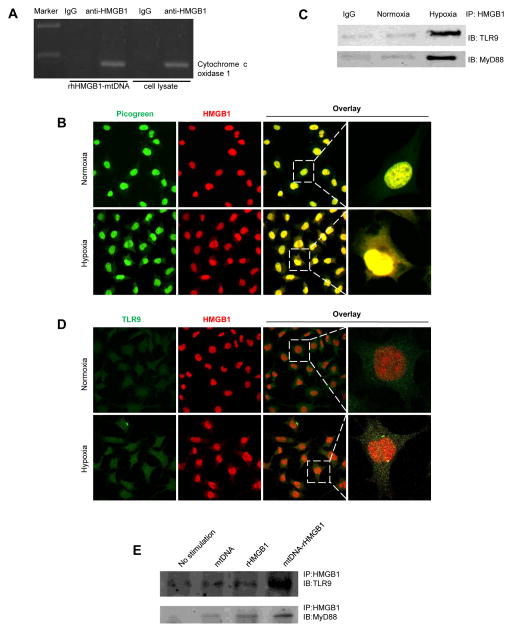Fig. 3. Hypoxia induces HMGB1 and mtDNA translocation, binding, and activation of TLR9.
(A) HMGB1 can bind mtDNA as evident by ChIP assay. (B) Co-localization between HMGB1 and mtDNA in Hepa1-6 cells subjected to 24 h of hypoxia by confocal microscopy. (C) IP assays demonstrate that hypoxia induced the association of TLR9 with its downstream effector MyD88 and HMGB1. (D) Co-localization between HMGB1 and TLR9 in Hepa1-6 cells subjected to 24 h of hypoxia. (E) Combined stimulation of HMGB1 and mtDNA resulted in considerable association between TLR9 and MyD88 as shown by IP, which did not occur after stimulation with either HMGB1 or mtDNA alone.*p < 0.05.

